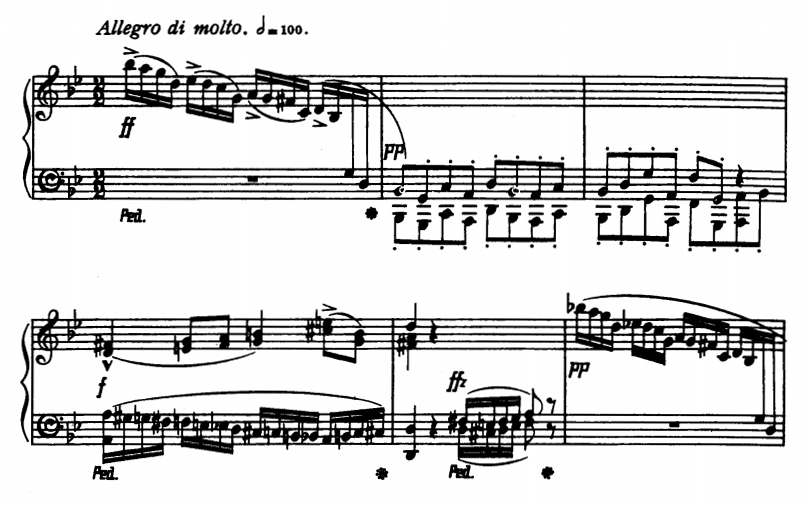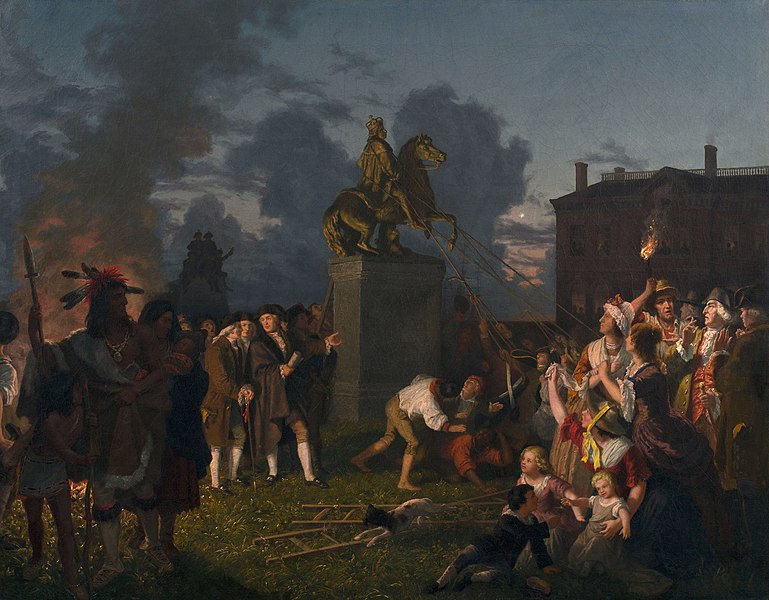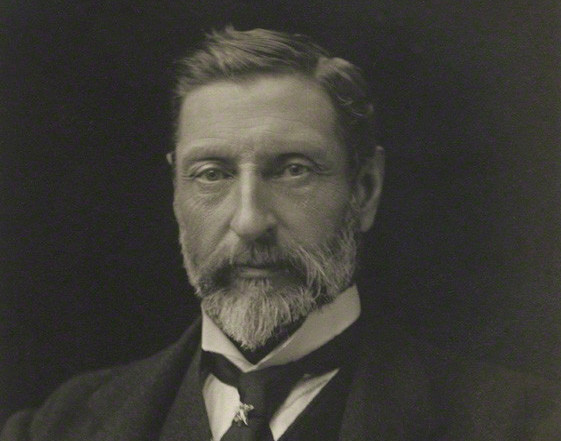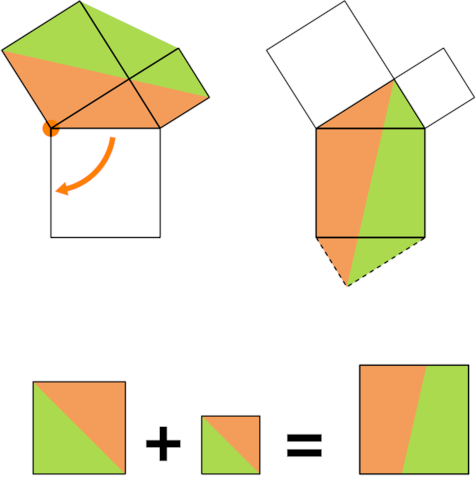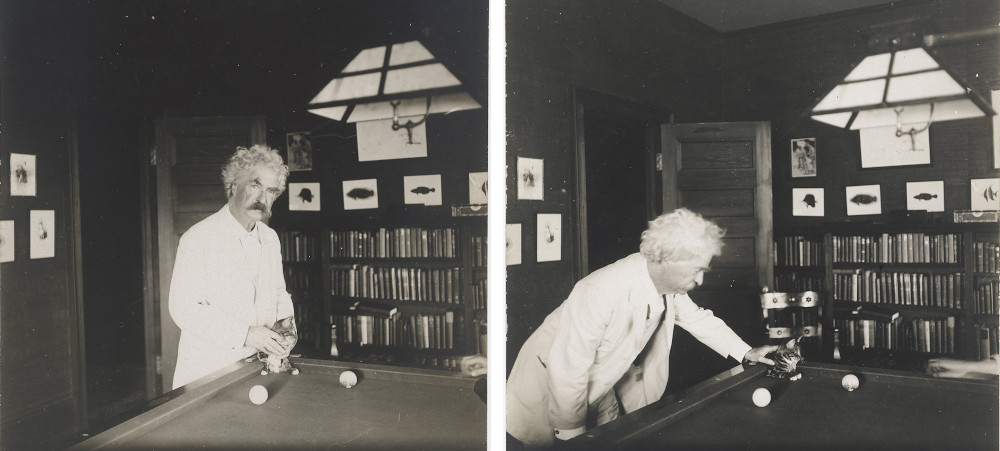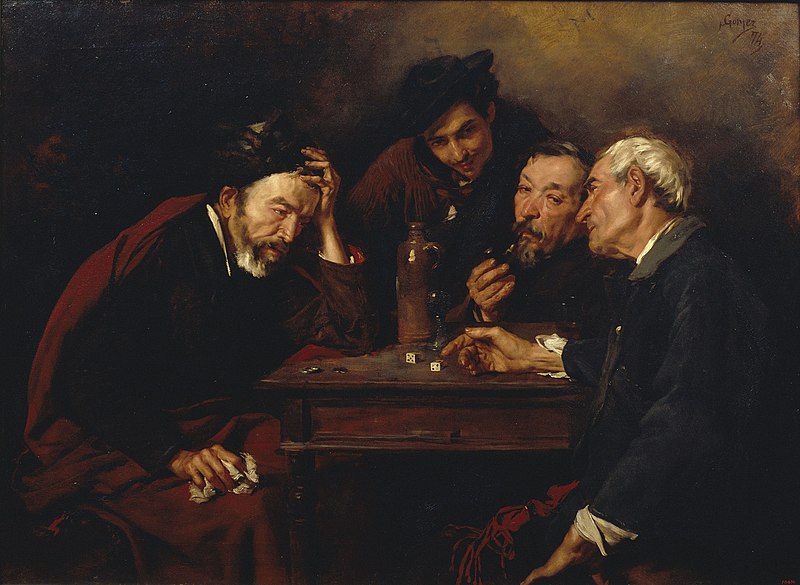
The Art Institute of Chicago has an actual picture of Dorian Gray — Ivan Le Lorraine Albright painted it for the 1946 film adaptation of Oscar Wilde’s novel. Working with his twin brother Malvin, Albright started with a pleasant portrait of star Hurd Hatfield and prepared three further canvases reflecting his character’s moral decay.
“For research for these paintings,” reported LIFE, “the twins made the rounds of the local insane asylums, alcoholic wards and hospitals for the incurably diseased.” Even the props in the background were corrupted — the Egyptian cat grows gray and mangy, and Ivan tore the rug and soaked it with acid.
Interestingly, though most of the film was shot in black and white, the portrait was shown in Technicolor — which may have helped the film win its Oscar for best cinematography.

